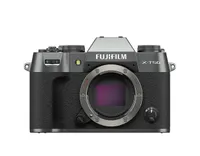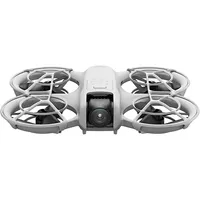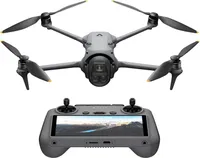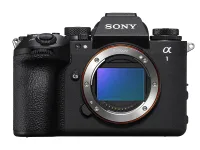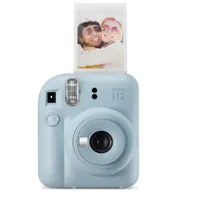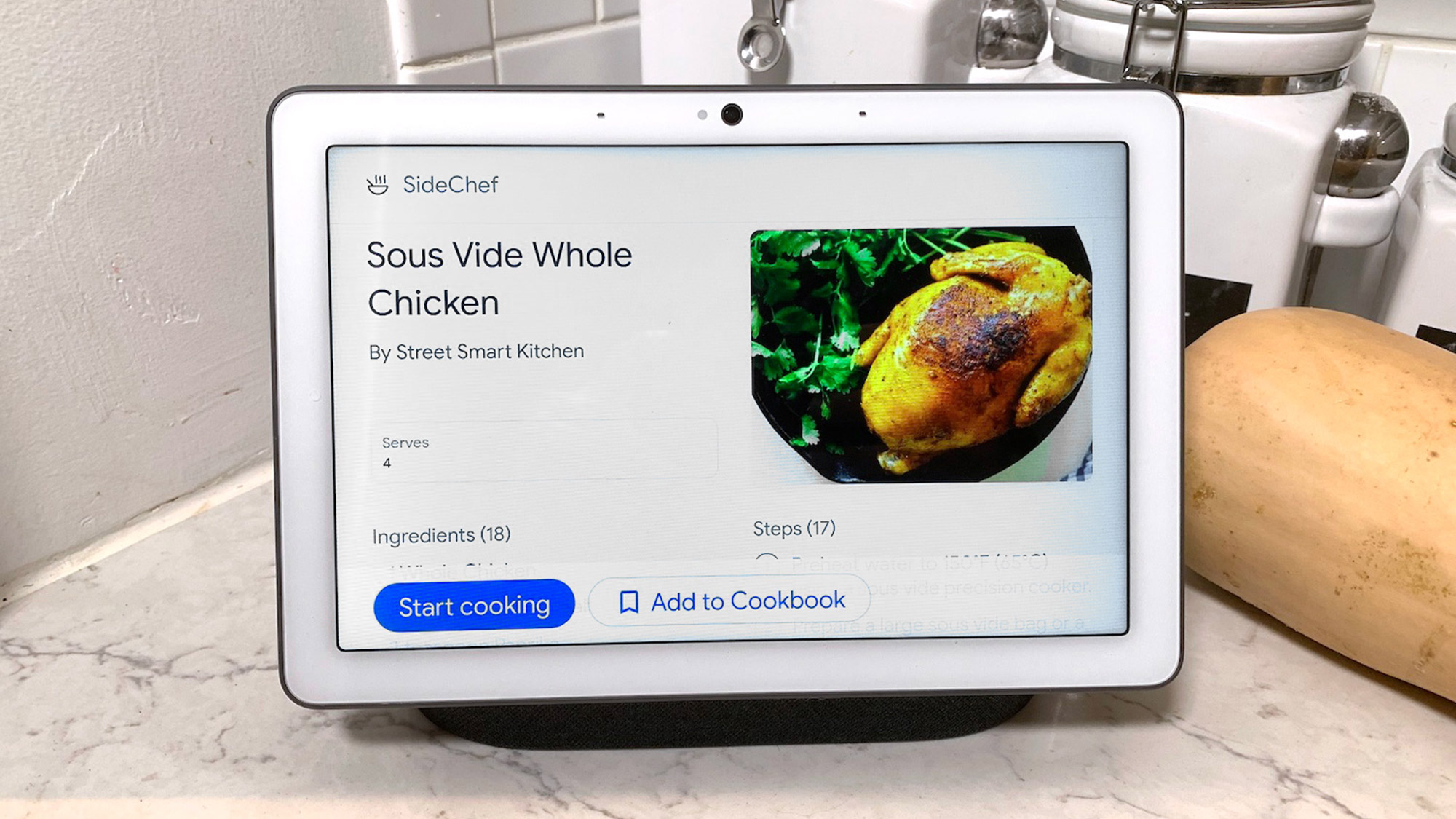If I had to start my camera setup from scratch, I’d pick these 5 cameras and drones — here’s why

I'm a reviews writer here at Tom's Guide, which means I get to test the latest and greatest in tech — and that includes the best mirrorless cameras and the best drones. While it fills me with joy to test these über-cool gadgets, I'm always sad when the loan units get sent back.
So this morning I woke up and asked myself, "If money weren't an object, which three cameras and drones would be part of my setup?" It didn't take a lot of time for five names to pop up in my head. It all came down to which cameras I was saddest to see being picked up by the courier — almost like the 'ex-rule' for cleaning, in a way.
The five cameras I thought of — the Sony A1 II, the Fujifilm X-T50, the DJI Neo, the DJI Mavic 4 Pro, and the Fujifilm Instax mini 12 — would fulfil all of my shooting needs for different genres. So, without further ado, look into my mind for a second and see my vision.
Fujifilm X-T50
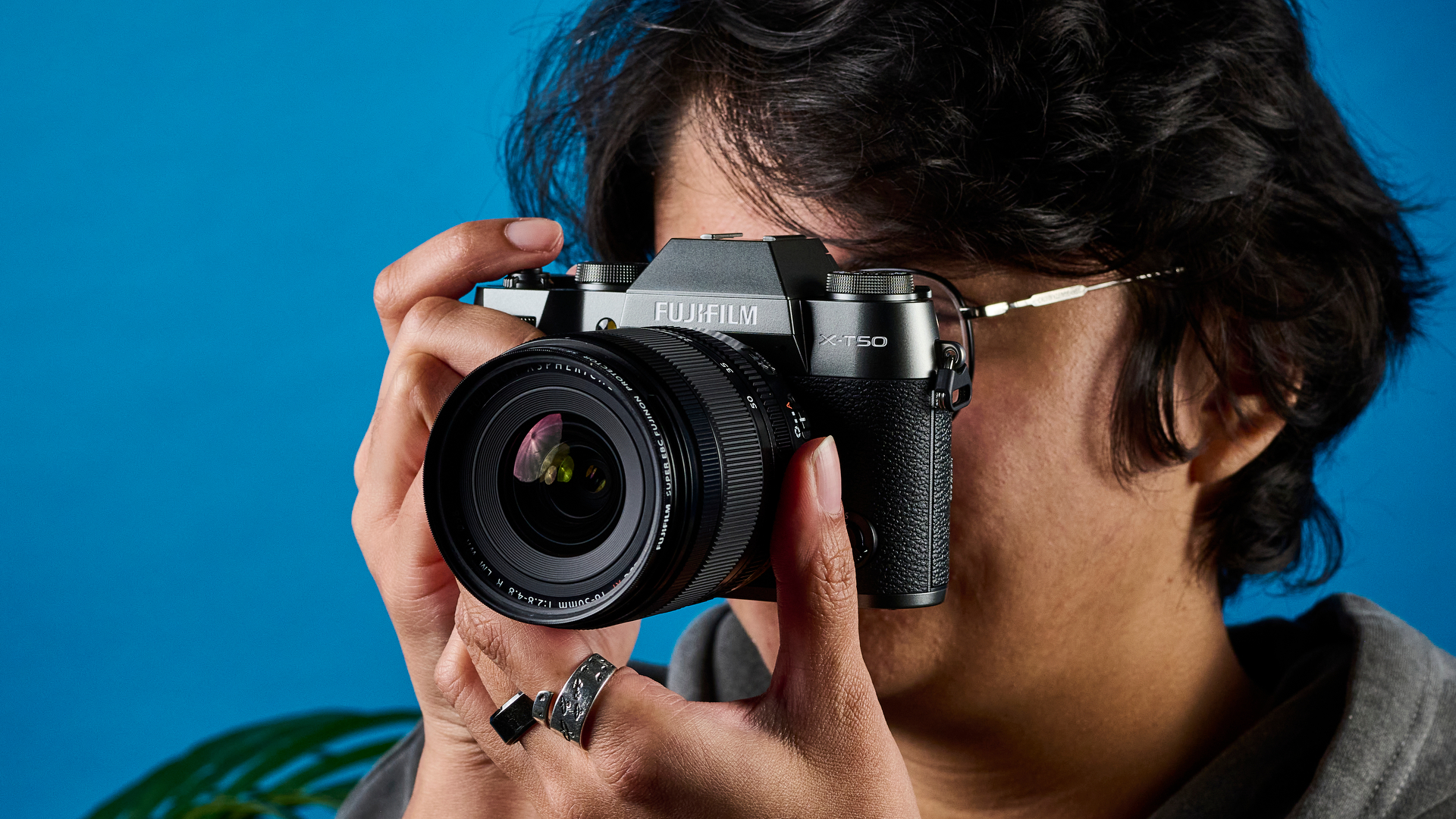
It's so funny that I'm including the Fujifilm X-T50 on this list because I literally bought it for myself last week — yes, around the same time the X-E5 was announced and I do not regret it. The X-T50 is a stunning camera, and even if I started my kit setup from scratch, I'd keep it in my arsenal. Its autofocus system is mighty fast, its 5-axis IBIS (up to 7 stops) works extremely well, and it takes stunning photos with its 40.2MP sensor.
The Fujifilm X-T50 succeeds and improves on the X-T30 II, and it packs a punch with a huge 40.2MP sensor, excellent in-body image stabilization and reliable autofocus. Its biggest selling point is the new film simulation dial for maximum creativity.
One of the things I love most about my latest possession is its film simulation dial, which lets you quickly swap between tailored color profiles for any and all shooting situations. The X-T50 packs other goodies too. It's got a 1.84M-dot touchscreen, which is very bright and detailed, there's a built-in flash for low-light, and it can shoot RAW photos.

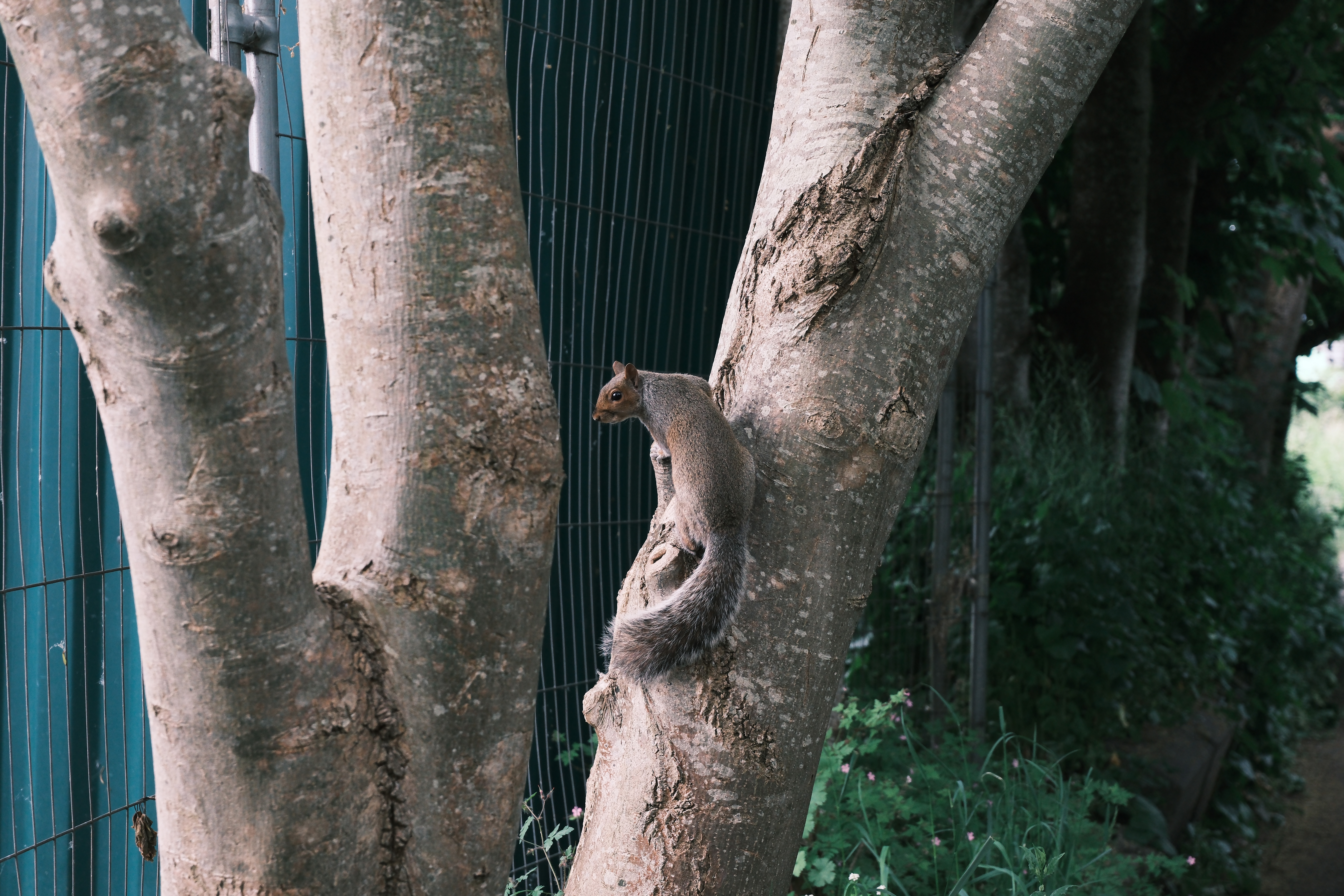

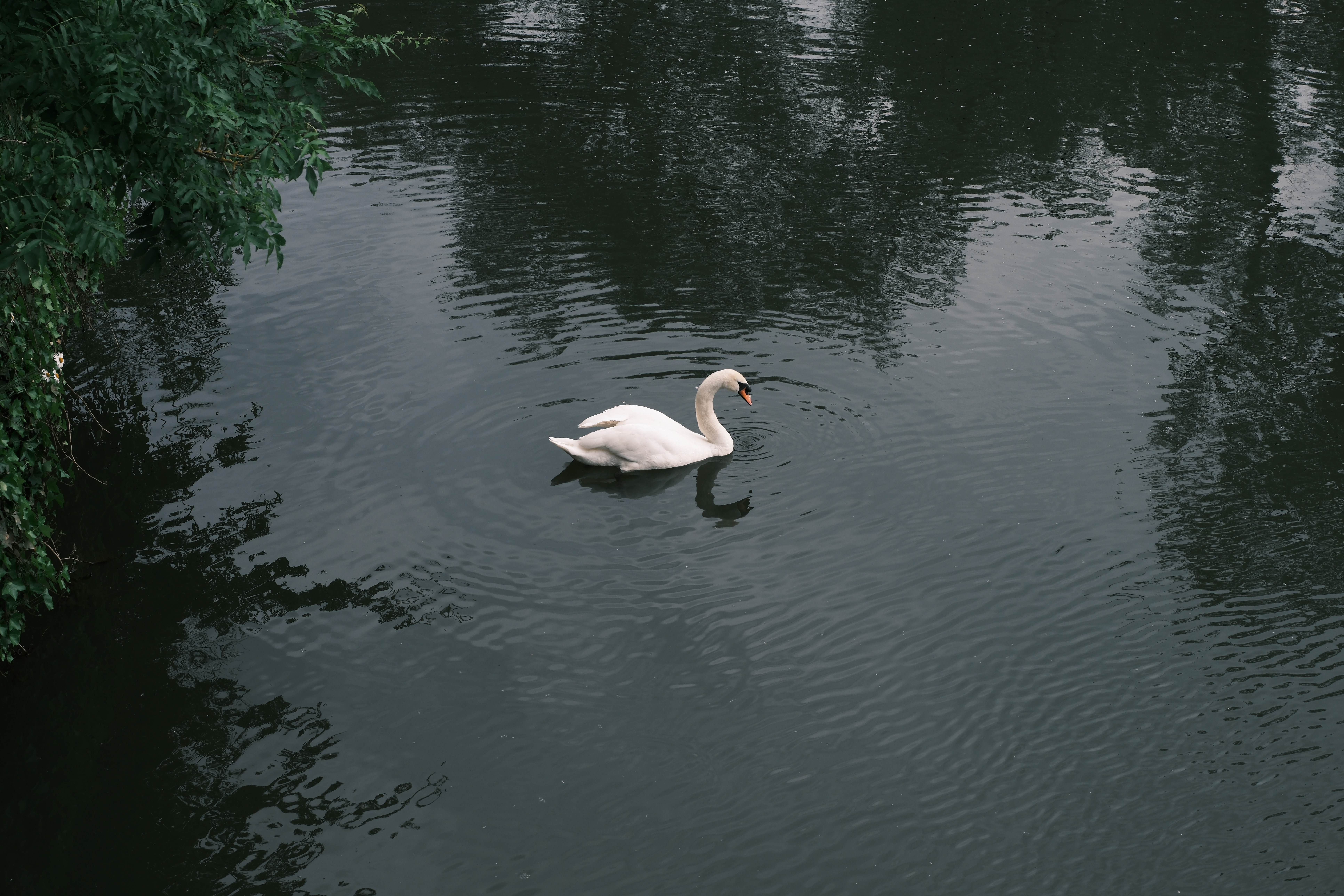
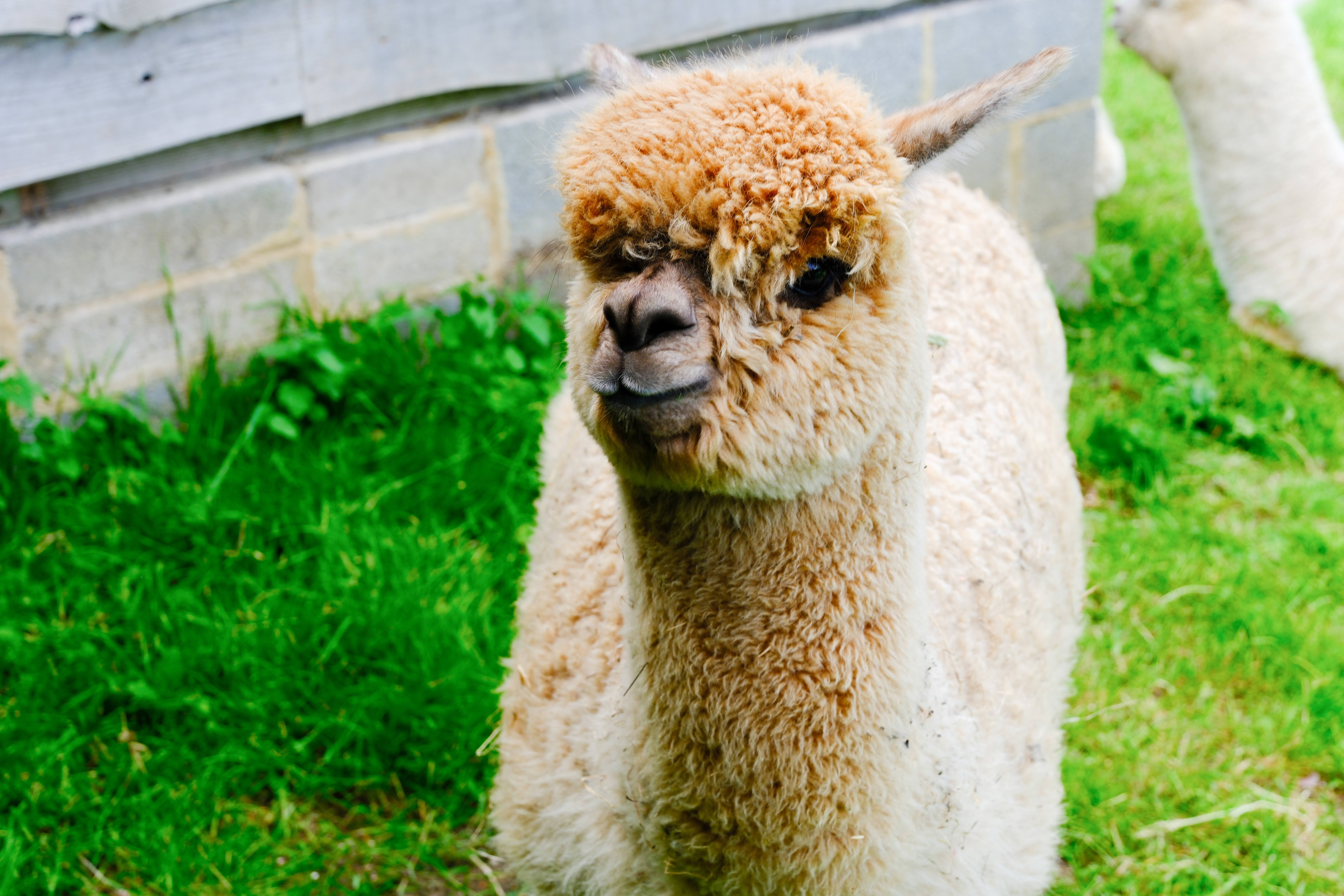

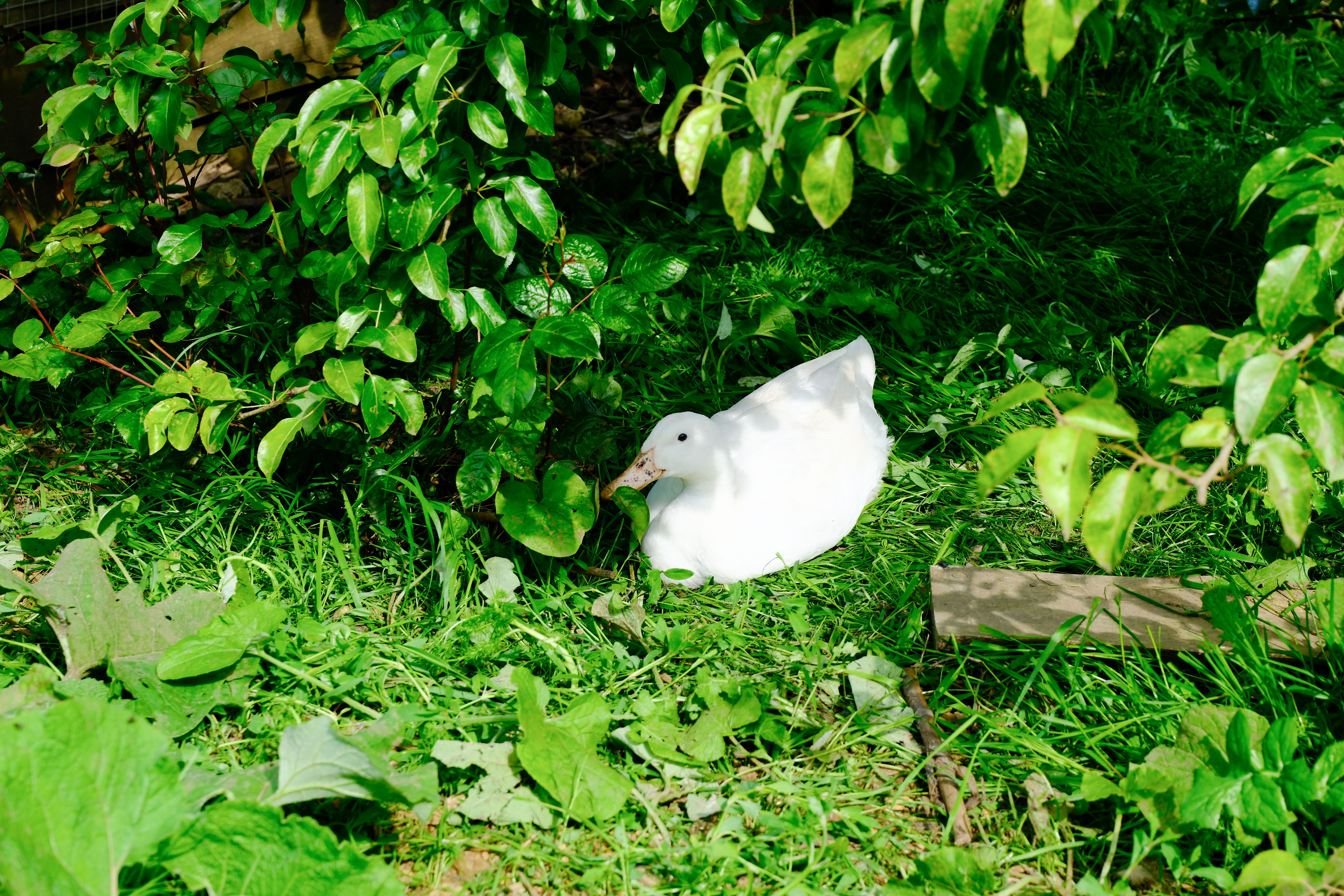
For portraits, landscapes, casual wildlife, street, travel, what-have-you, the X-T50 would be (and is) my go-to.
DJI Neo
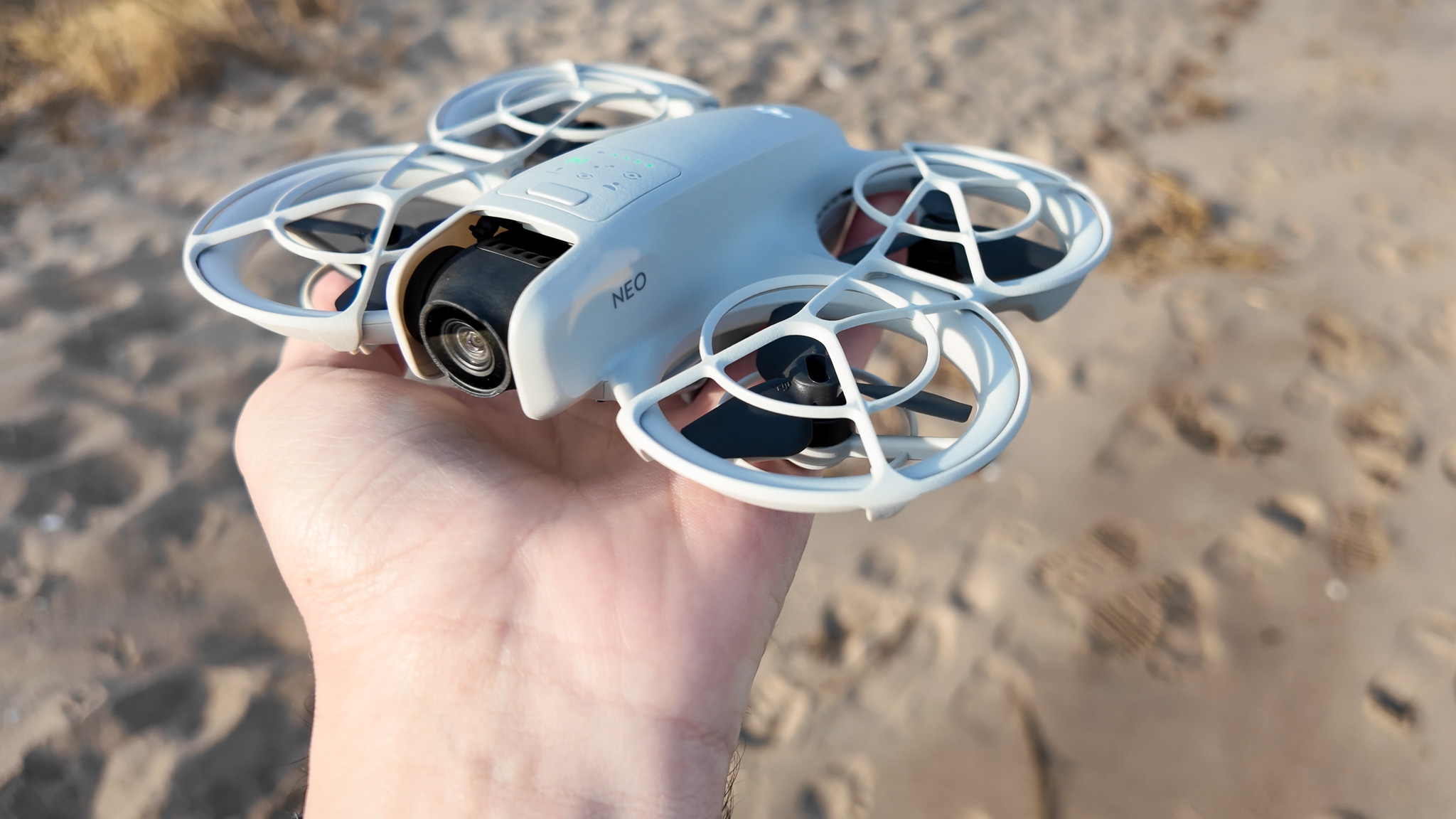
The DJI Neo is one of my favorite drones — it's the first drone I reviewed from Tom's Guide, so I have a soft spot for it. I would, of course, keep the DJI Mavic 4 Pro in my backpack, and I'll talk about that in a second, but I'd also like a no-frills drone that I can just whip out to take some quick, short-form videos.
Get instant access to breaking news, the hottest reviews, great deals and helpful tips.
A lightweight, compact, and minimalist drone, the DJI Neo is a fantastic option that can shoot 4K footage at 30fps, capture detailed stills, and remain stable in challenging conditions. Easy to control with the new RC-N3 controller or the DJI Fly app on a smartphone, the Neo makes drone photography more accessible thanks to its low price point.
That's because the Neo doesn't really require a controller for flying. You can toggle QuickShot intelligent flight modes via the button on its body, and the drone will record short videos and return to its takeoff position. It can follow, circle, spotlight, and lots more. The Neo also captures 4K/30fps footage and 12MP photos, which is great for a drone this small (and cheap).
While I'd use the Mavic 4 Pro for serious shooting, I'd use the Neo for fun when I'm out and about with my friends and family. It weighs next to nothing, too, at 4.76 ounces, so it's not like it would ever weigh me down.
DJI Mavic 4 Pro
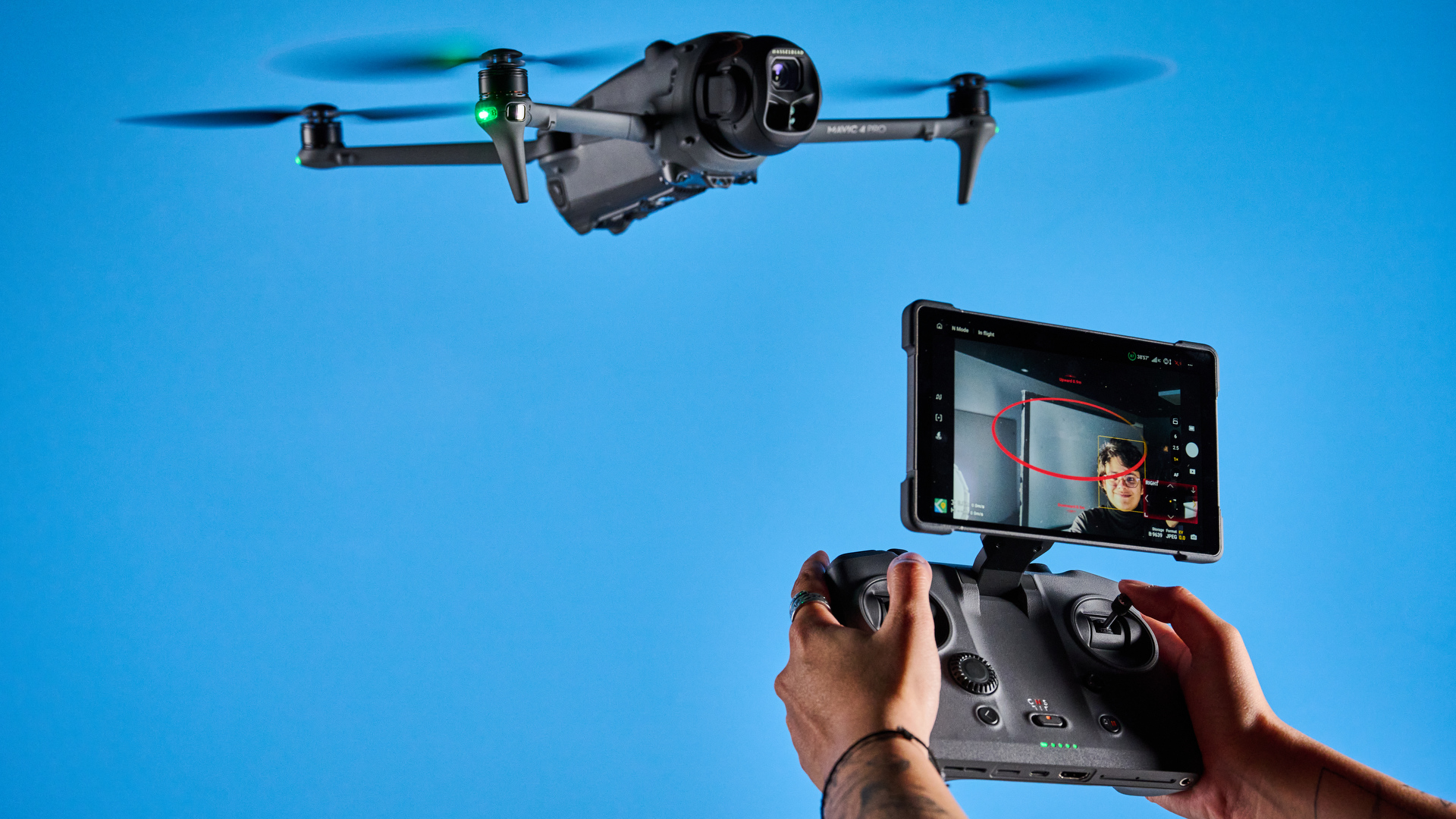
If money were no object (I wish), I'd break out the big guns. The DJI Mavic 4 Pro is the "big guns" in question here. I haven't stopped thinking of this mighty powerful drone ever since I tested it. It's the only drone (and one of four products) I've given a full 5-star rating to so far, as it's the most powerful consumer drone yet.
The DJI Mavic 4 Pro improves on its predecessor by introducing 6K/60fps video, 100MP stills powered by a Hasselblad camera, and a brand new RC Pro 2 controller that makes flying a breeze. With a long flight time and 5-star performance across the board, it’s the ideal drone for commercial and personal use, as long as you don’t mind the weight restrictions.
The Mavic 4 Pro doesn't give you much to complain about. With 6K/60fps video capabilities and a 100MP Hasselblad camera that takes extremely detailed photos, it's the only drone you need for capturing ridiculously stunning footage. I don't mind its heavy weight either, I'll go to the gym five days a week just so I can carry this drone and all the other cameras in my backpack.
The RC Pro 2 controller, which is super bright and detailed with a 2000-nits touchscreen, also makes the Mavic 4 Pro a breeze to fly. Unfortunately, the Mavic 4 Pro isn't currently available in the U.S., but if you're in the U.K. and are a drone pilot, I'd highly recommend investing in one.
Sony A1 II
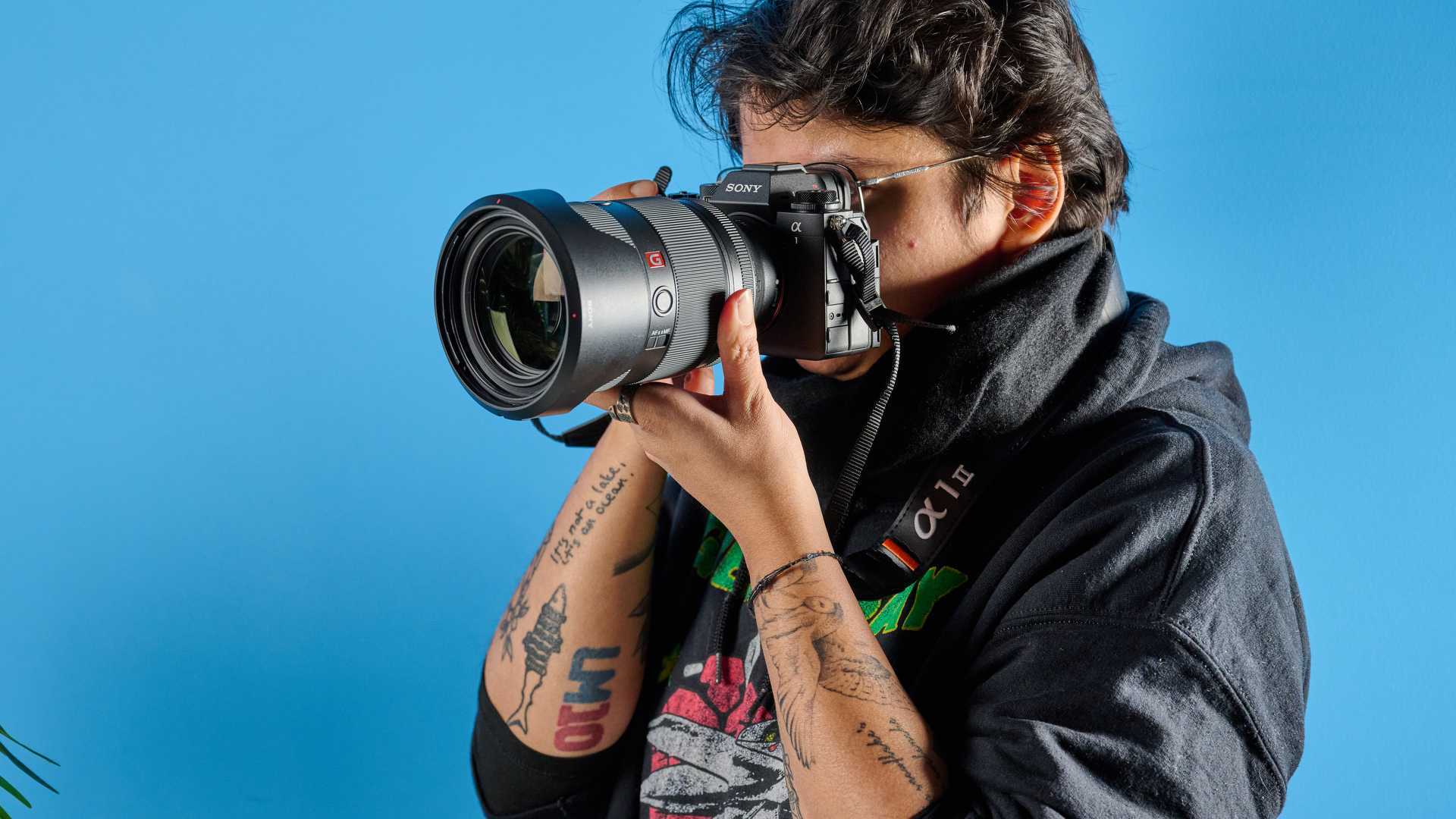
If you know me or have kept up with my camera coverage at Tom's Guide, you'll know I love animals, and I often photograph birds of all kinds when I'm testing a camera. I consider myself a fairly decent wildlife photographer, which is why I'd pick the Sony A1 II with its stupidly intelligent autofocus system and sharp image quality.
The A1 II has a very intelligent auto focusing system with new Auto subject-detection, and 8.5 stops of IBIS. It takes stunning 50.1MP photos, clear 4K and 8K videos, and boasts a long battery life. It’s built really well and feels great to handle with a detailed viewfinder that ensures you don’t miss any action-packed moment in sports or wildlife photography.
When it comes to tracking fast-moving subjects, the A1 II never lets you down. That’s thanks to its rapid autofocus system, which uses Real-time Recognition AF and Real-time Tracking to reliably follow humans. There’s also a new Auto subject-detection mode at play here, which removes the need to switch between AF detection modes.

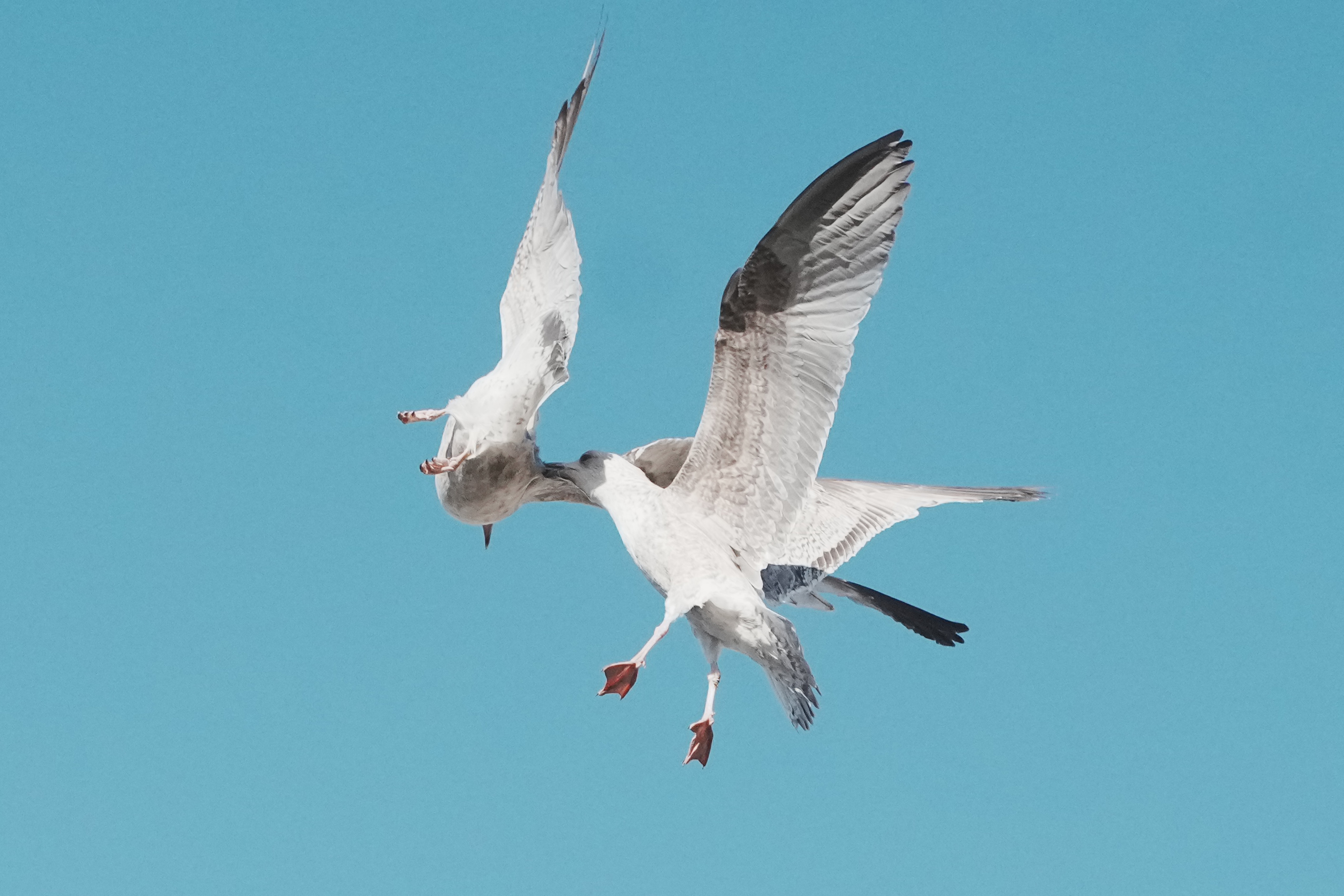
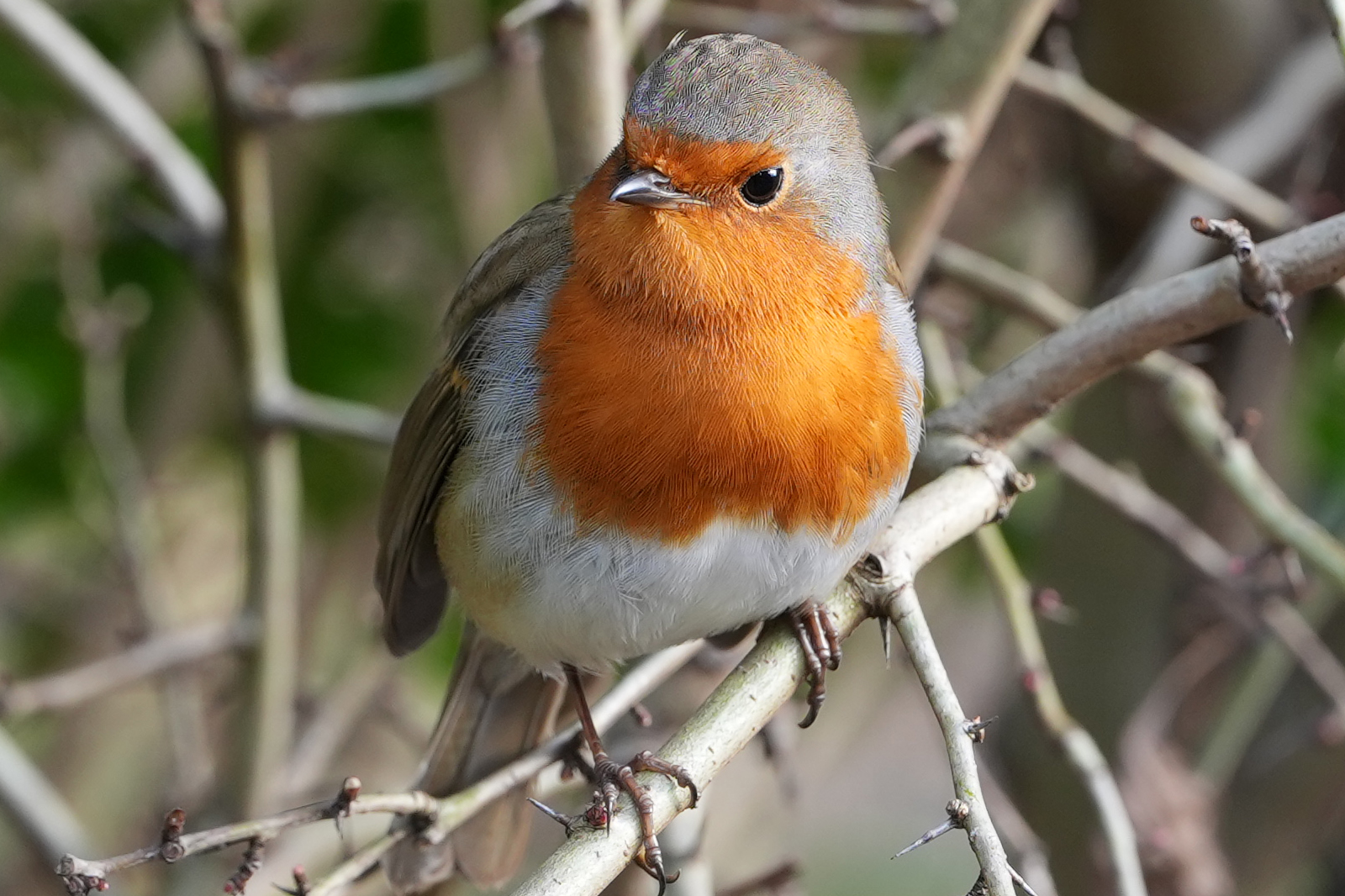
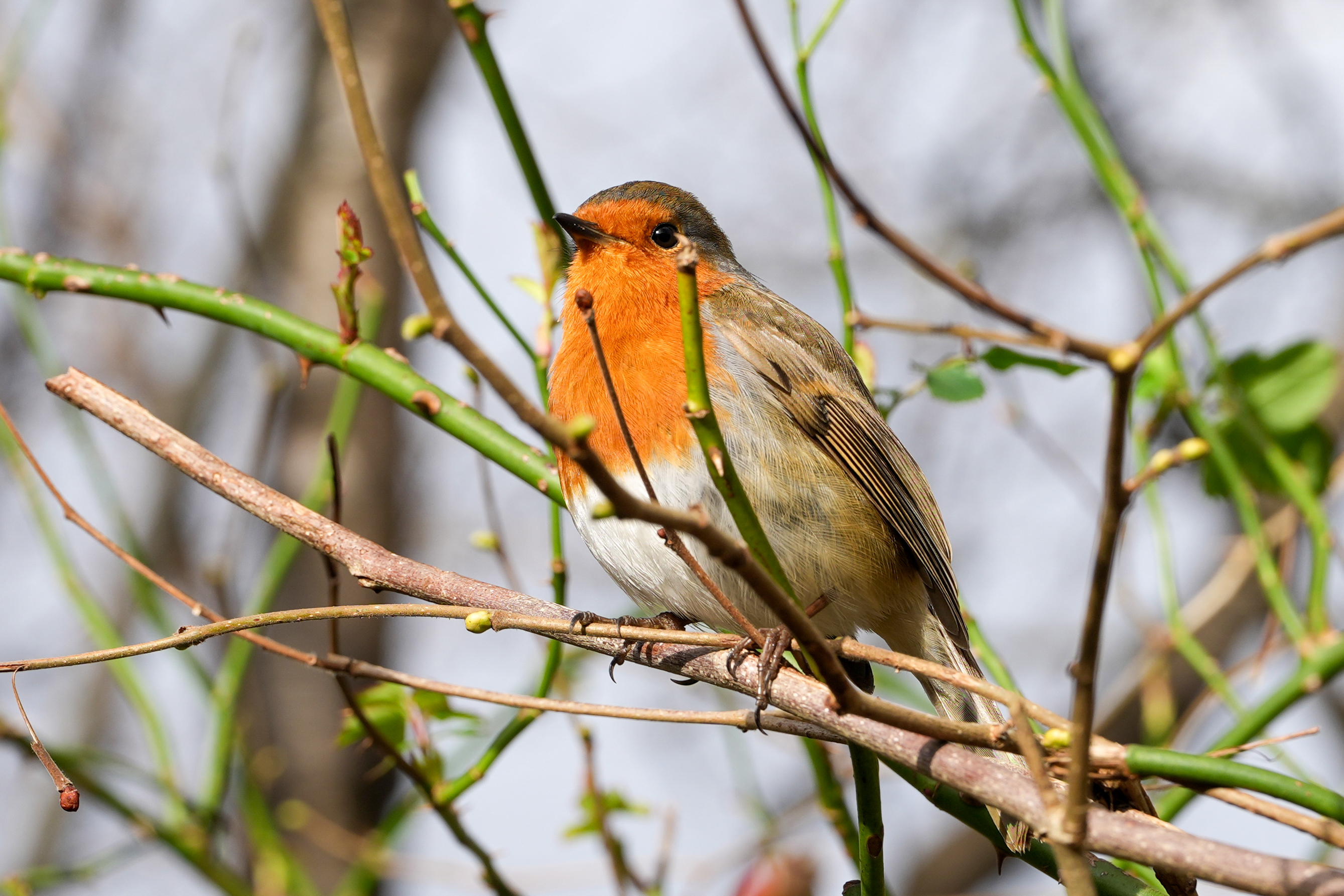

The A1 II's massive 50.1MP sensor captures plenty of detail for extreme cropping, and when combined with the 30fps burst shooting (for up to 153 raw images and with pre-capture), the camera becomes an absolute beast. I love this camera, and if the opportunity arises, I wouldn't hesitate to buy it.
Fujifilm Instax mini 12

Here's another fun one I would have in my kitbag: the Fujifilm Instax mini 12. I love testing the best instant cameras and eagerly waiting for the photos to develop. The Instax mini 12 is one of the best cameras I've tested, as it's extremely easy to use and takes great photos with plenty of detail.
The Fujifilm Instax mini 12 is an extremely easy-to-use instant camera that takes bright and detailed photos, even in low light. It comes with a handy app to scan and share your prints, a selfie mirror and a close-up mode for more versatile shots.
There's a lot to love about this camera, aside from the print quality. The battery life is great, the aesthetic is cute and fun, and there's a useful app for scanning prints too. There's also a selfie mirror and a dedicated close-up mode that lets you, say, focus on a flower.

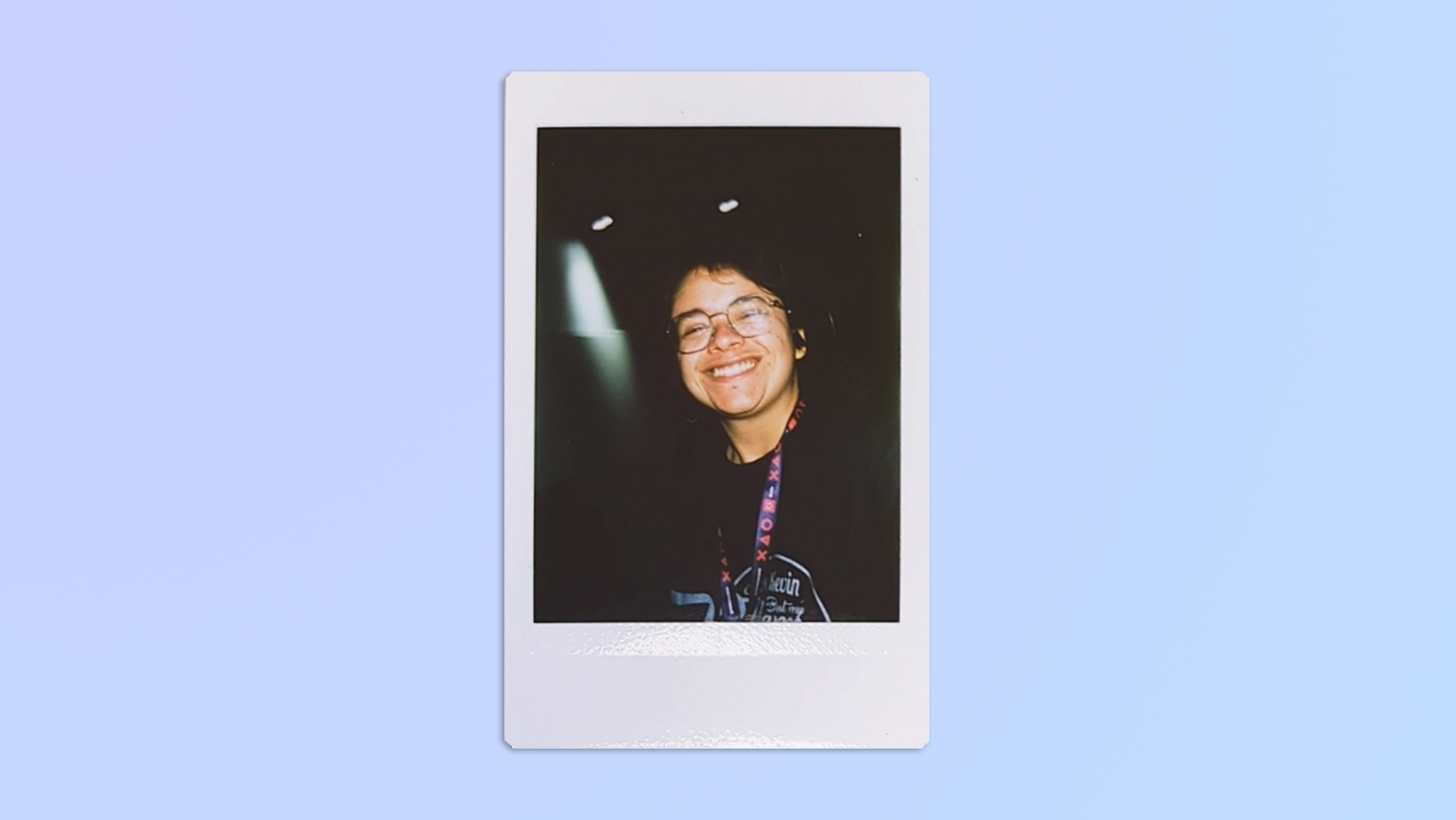
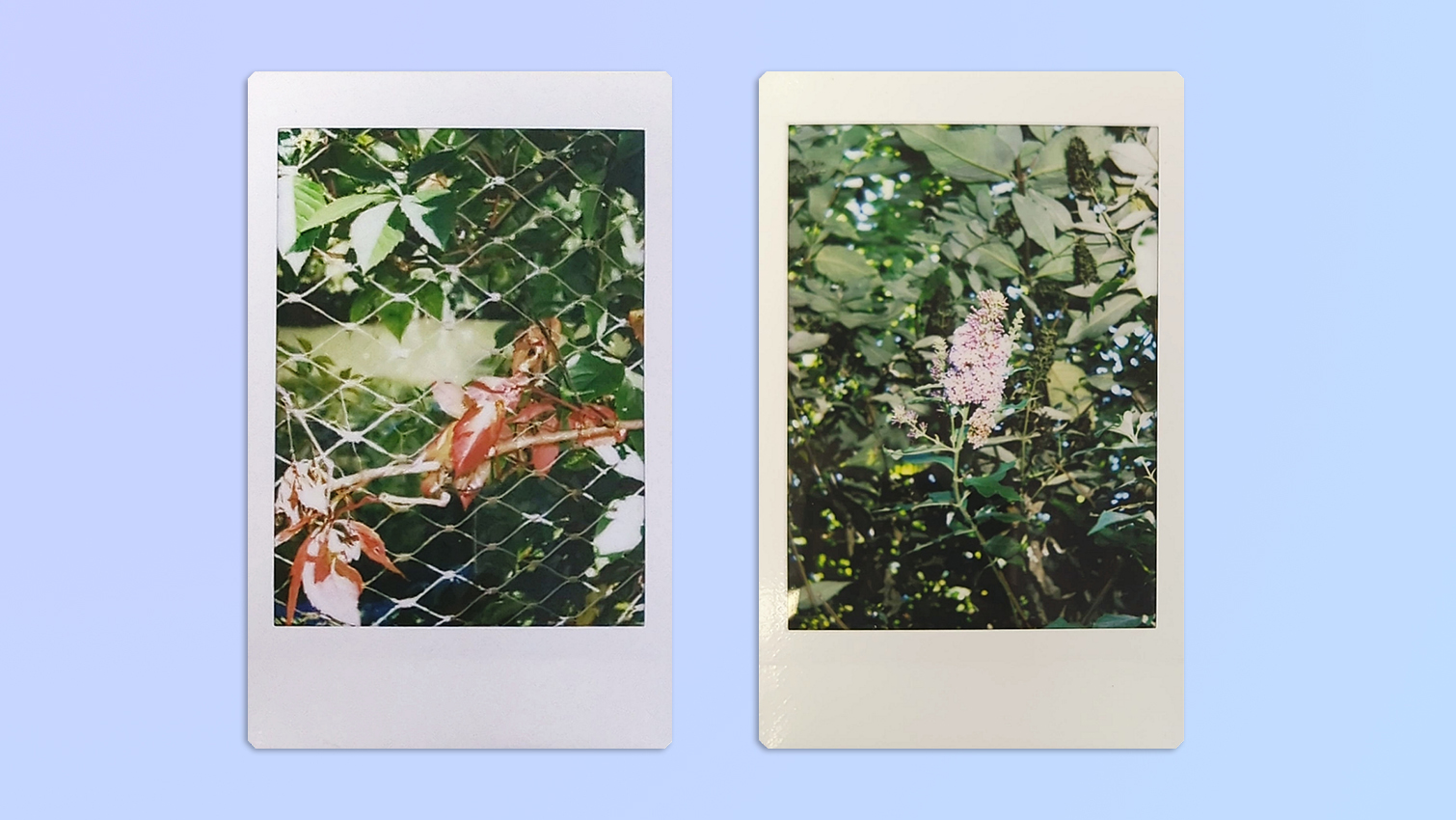
In my imaginary kitbag, I'd love to have the Instax mini 12 as it's a fun camera that, like the DJI Neo, I can just take out of my backpack, take a photo and put it back in — no complicated processes here.
And there you have it! If money were no object, the five aforementioned cameras and drones are what I would include in my kitbag. What camera gear, big or small, would you have in yours? Let me know in the comments!
More from Tom's Guide
- I just tested this new DJI drone that combines aerial and mirrorless camera prowess — and I can’t get enough of it
- I think the new Fujifilm X-E5 is overrated — and I’m so glad I bought this camera instead
- I've been flying the DJI Neo for 10 months — here's my verdict (spoiler alert: it's underrated)
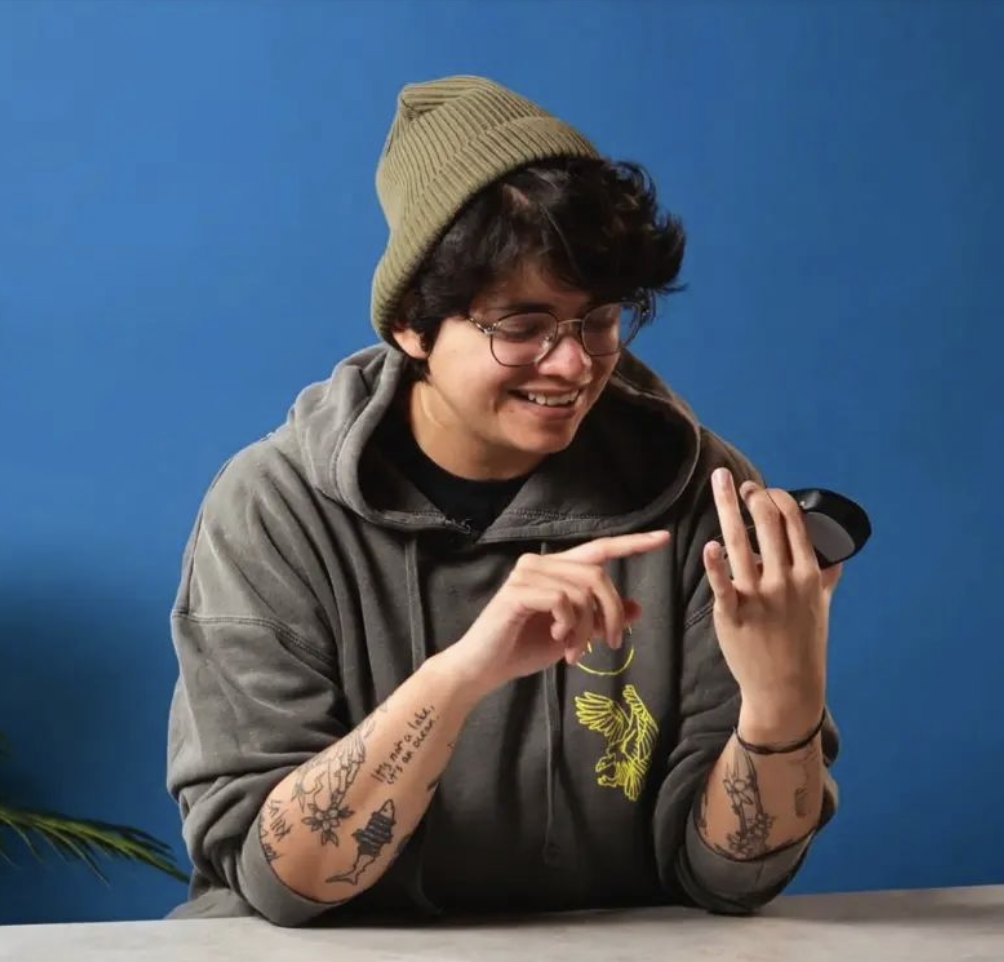
Nikita is a Senior Writer on the Reviews team at Tom's Guide. She's a lifelong gaming and photography enthusiast, always on the lookout for the latest tech. Having worked as a Sub Editor and Writer for Canon EMEA, she has interviewed photographers from all over the world and working in different genres. When she’s not working, Nikita can usually be found sinking hours into RPGs on her PS5, flying a drone (she's a licensed drone pilot), at a concert, or watching F1. Her work has appeared in several publications including Motor Sport Magazine, NME, Marriott Bonvoy, The Independent, and Metro. You can follow her photography account on Instagram here.
You must confirm your public display name before commenting
Please logout and then login again, you will then be prompted to enter your display name.
